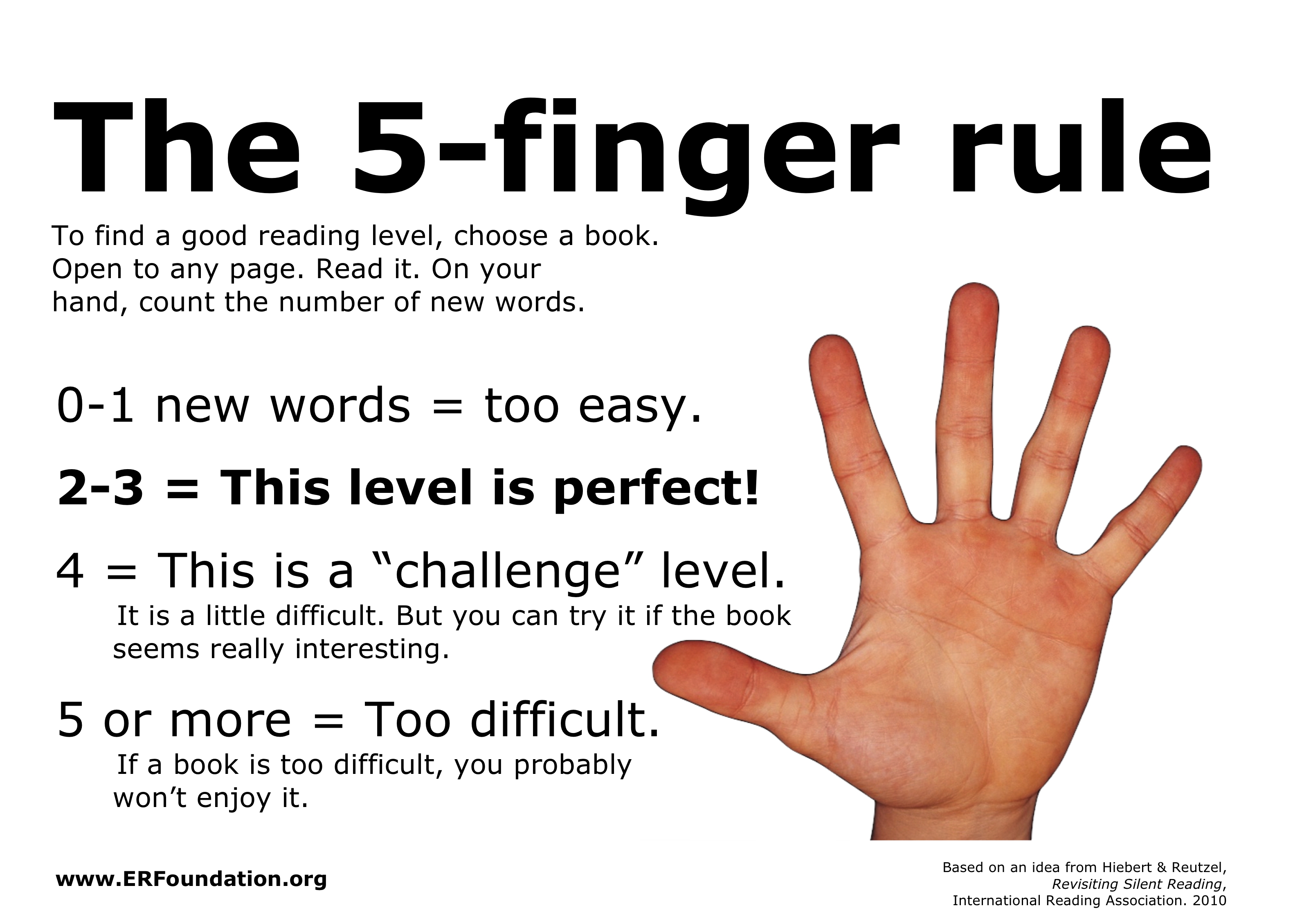 The Extensive Reading Promotion Toolkit
The Extensive Reading Promotion Toolkit
If you’ve come to this page, you’re probably already sold on Extensive Reading (ER). This page is to help teachers share ER with other teachers as well as students.
How? Here are a few ideas:
• Do a presentation at a local, regional or national conference. Remember, you don’t have to be an “established academic” to have something important to share. Often showing what you’ve done in your own classroom is very helpful to other teachers.
• If you have a local teachers’ group, organize a discussion about how people teach reading.
• Write an article for a teaching newsletter or magazine.
• Organize an ER special issue of a teaching magazine for an organization you are a member of.
• Organize an ER colloquium for a conference of an organization you are a member of.
• Print out the “ER Top 10” handout. Give copies to colleagues. Try to start a discussion.
• If there are ER sessions at conferences you attend, go to them. Get to know other teachers interested in ER. What you do together?
• Visit the ERFoundation page on YouTube. Use the videos there for presentations or teacher discussion. ERF YouTube Channel
Tools 
The Extensive Reading Top 10 by Richard Day (Univ. of Hawaii and Julian Bamford (formerly Bunkyo Univ.). Click here for a pdf of a summary of their ideas in easy English so student can understand it as well as teachers.
The ERF’s Guide to Extensive Reading: A free handbook download explaining ER. ERF Guide English Now also available in Japanese, Korean and a few other languages.
The ERF mini-pamphlet
One double-sided A-4 or Letter-size sheet. Click on the image to download a copy.

Reading Log Books
Download and printout reading log books for your students! There are four types. Click on the one that meets your needs. If a student fills up a book, just provide another one. Comments can continue to the lines below if needed.
A4 – Both sides of a single sheet of paper. Two pages for data entry.
A8 – Eight pages to make a small booklet. Six pages for data entry.
B4 – Like A4 but space for students to enter their interest and perceived difficulty levels.
B8 – Eight pages to make a small booklet. Similar to above.
See other feedback ideas towards the bottom of this page.
The “Need for Speed” PowerPoint slides
Extensive Reading asks students to read a lot of easy, interesting books. Why easy books? Here’s a short YouTube video that let’s people experience the reason. ERF Need for Speed
This set of slides is available in English and several other languages. You can use them in presentation to demonstrate to teachers why the books need to be easy. You can also use them with students to help them understand this key idea behind ER.
English Arabic Bahasa Melayu Bahasa Indonesia Italian Japanese
Korean Spanish Chinese (traditional) French Nepali Vietnamese
Mongolian Farsi Filipino (Tagalog) Cebuano Waray
Your students’ native language(s) not here? Can you help us by translating the video? Contact exec@erfoundation.org to help.
PowerPoint Presentations
Here are three PowerPoint presentations about Extensive Reading. You can downloads them to watch them yourself or even to borrow slides from for your presentations. If you do, please acknowledge the author and the Extensive Reading Foundation.
- An Introduction to Extensive Reading by Richard Day, (University of Hawaii and Founder Emeritus of the ERFoundation). A mainly text-based presentation covering the basic of ER. Click here to download.
- Extensive Reading for Building Fluency in Adult ELLS by Doreen Ewert (University of San Francisco and member of the ERF Board of Directors). A general ER overview and description of an program in an ESL situation. A mix of graphic and text-based presentation. Click here to download.
- ER: Extensive Reading/ Effective Reading by Marc Helgesen (Miyagi Gakuin Women’s University and Past Chair of the ERF). A mainly visual introduction to ER and ER activities. There are two versions, one from the Philippines and one from Indonesia. They are similar but the one for Indonesia was modified to make it more appropriate for the culture. Since it is visual, you may want to watch the SlideShare version.
- What is Extensive Reading? Ten slides in a quiz format, asking questions such as “Who should choose the reading material?” or “How fast should they read?” Each slide gives choices and then lets the audience decide their answers before they are revealed on the slides. Click here to download.
How do students know if a book is easy enough?

The “5-finger” rule is a good way.Here’s a handout for teachers or students.Click here to download it. (Japanese version here; other languages welcome!) |
Videos to show students
Kevin Ryan (Showa Womens’ University) produced this 4-minute video, “Why do Extensive Reading” with his students. It is available in three versions:
If you would like to help make a version in your language, you may download the script, enter your translation below each line and send the completed document to tokyokevin at gmail who will try create the new version, depending on his time constraints.
The “Vicious” and “Virtuous” circles
This graphic has been lifted from the English version of the “Guide to Extensive Reading“. Feel free to incorporate it in your ER presentations. –>Animated PowerPoint Slide
Reading Record & Feedback Sheets

SimpleReadingRecord (.jpg)
SimpleReadingRecord (.xlsx)

Marc Helgesen’s Reaction Reports: Word Count Basis Weighted Page Count Basis

